Magellanic Penguins on Magdalena Island near Punta Arenas, Chile
After spending only about an hour wandering around Punta Arenas, my parents returned to the harbor to catch a ferry to Magdalena Island. This small island is home to a large colony of Magellanic penguins.
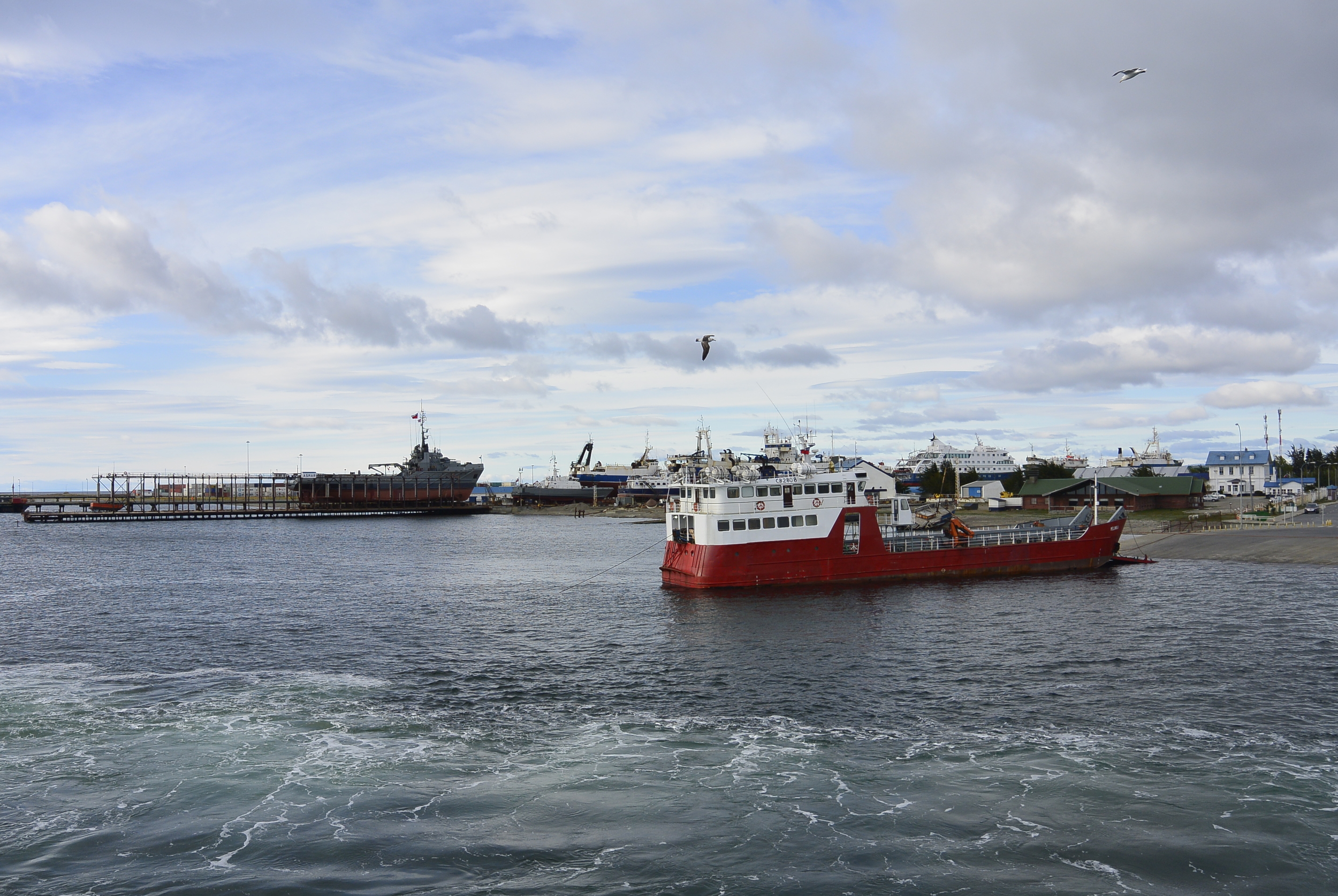
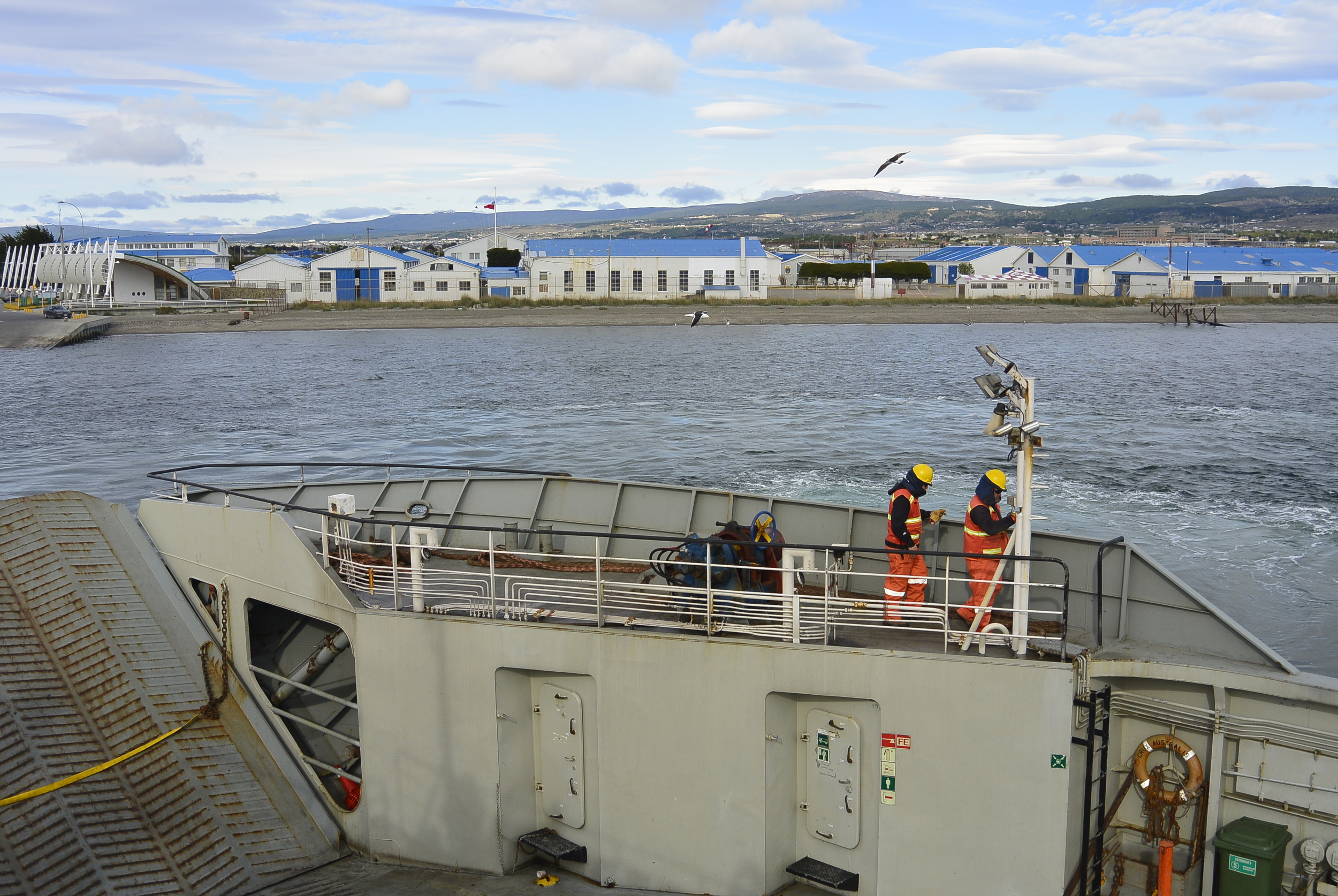
The ferry was specially chartered to transfer the cruise ship passengers to Magdalena Island.

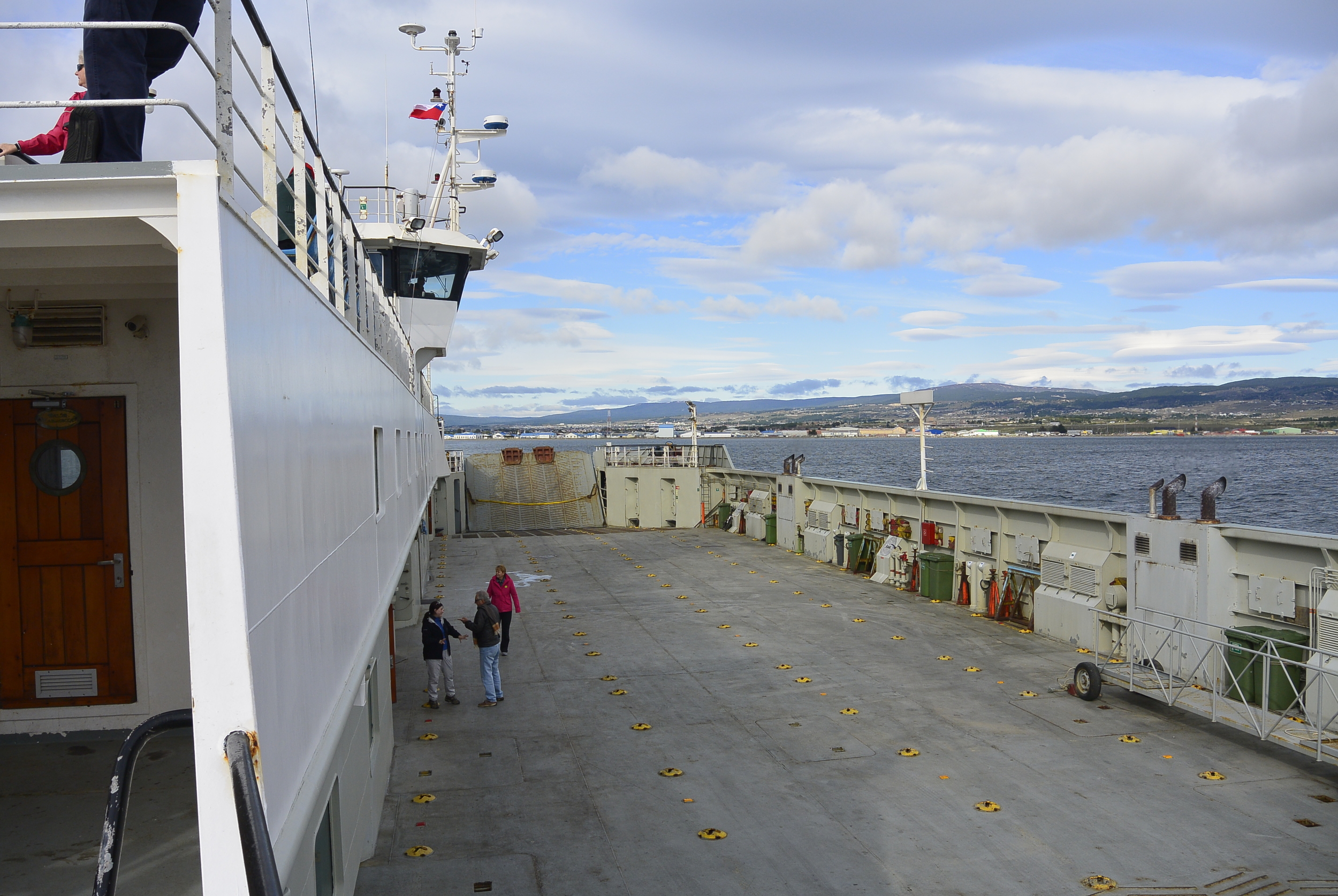

The ferry workers made good use of some spare time while the ship was making it's way to Magdalena Island.
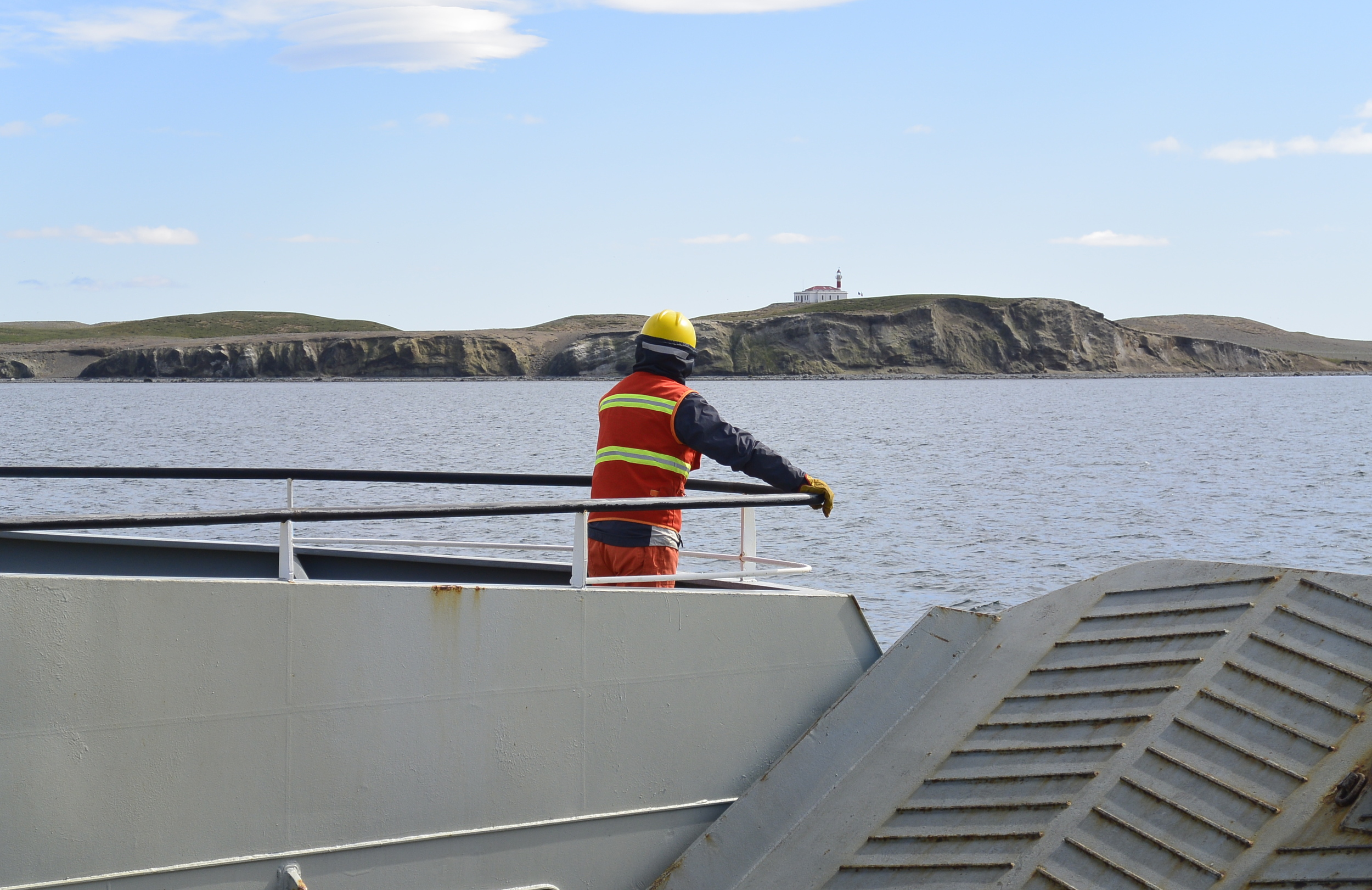
The ship crossed part of the historic Straight of Magellan to reach the island. The crossing took approximately two hours.




The first penguin! Can you spot it?

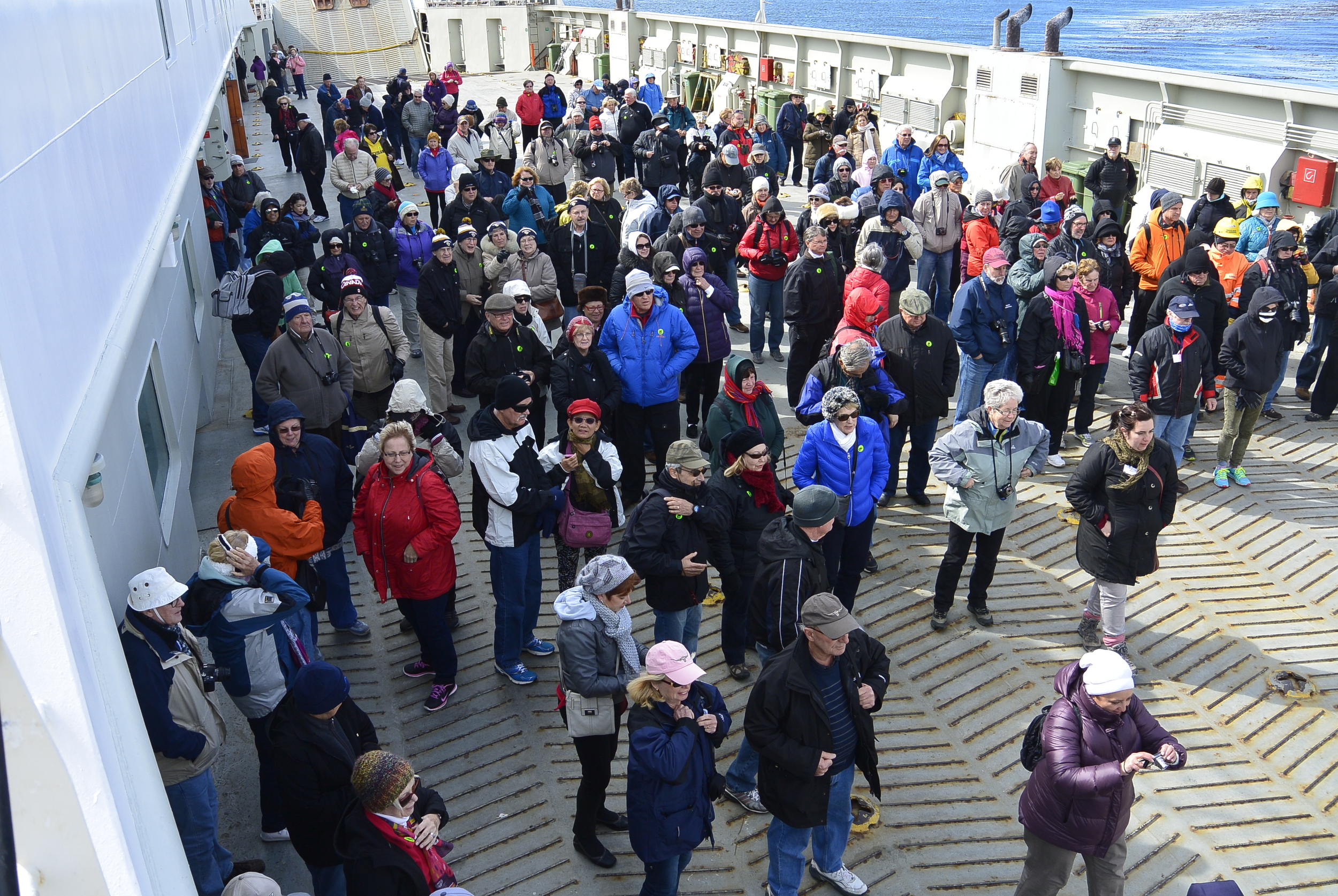
Everyone was eager to get off the ferry to see the penguins!
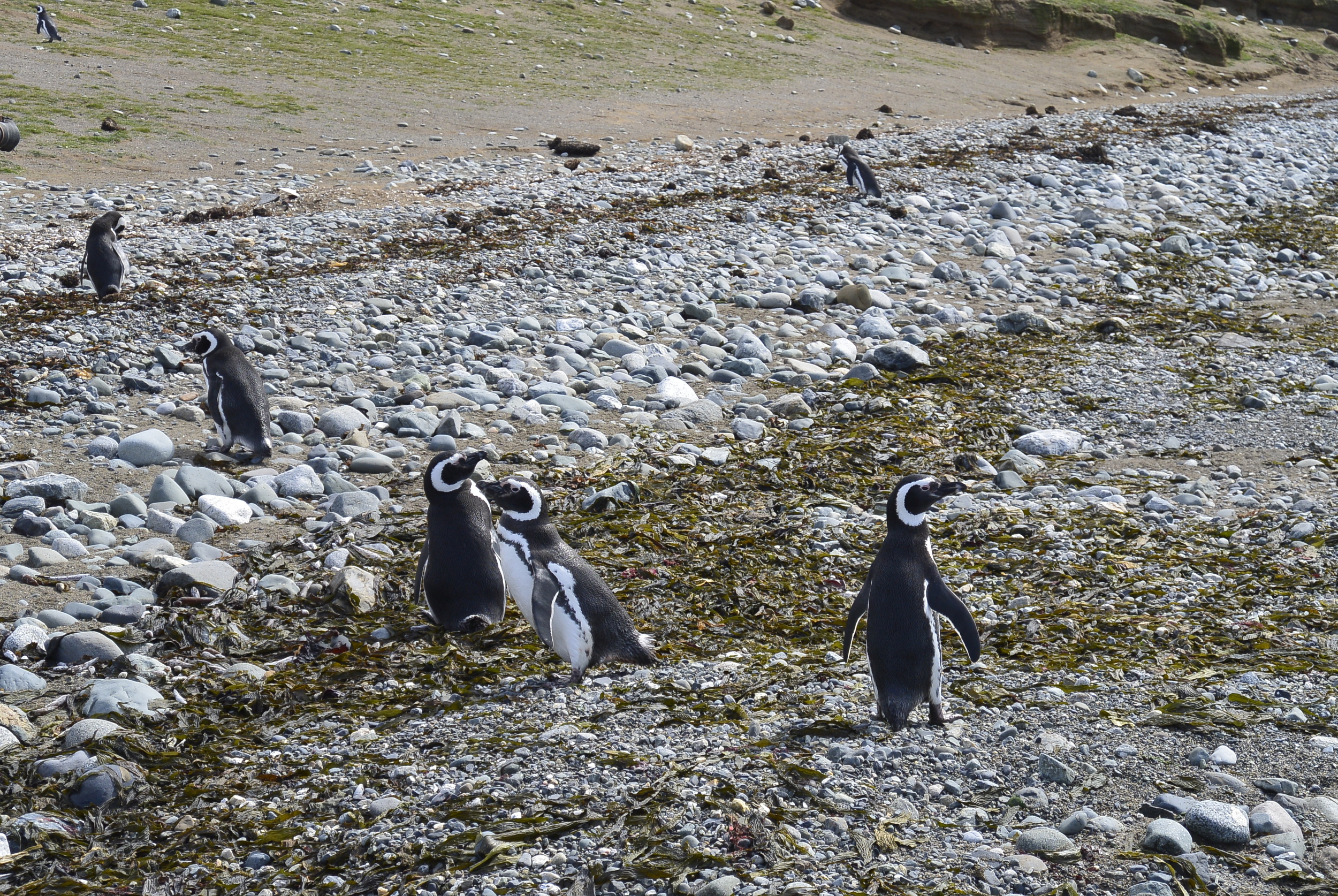
The Magellanic penguins can be found everywhere on the island. The first few penguins were at the water's edge waiting to greet the visitors (or flee from them)!
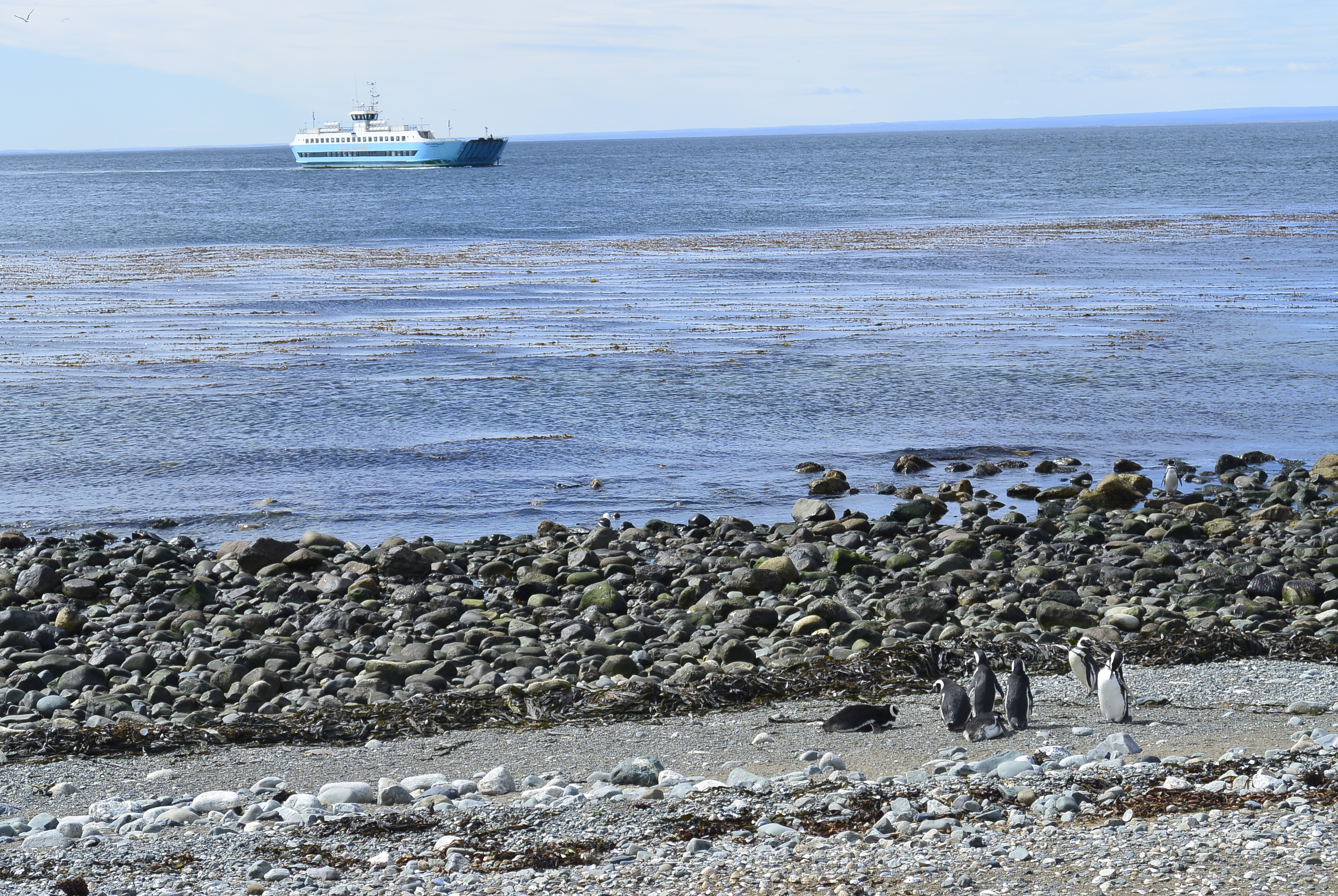

Magdalena Island is specially constructed for the high volumes of tourists that visit throughout the year. Paths are roped off to ensure that visitors stay on the marked trails and do not disturb the resident penguins and other wildlife.
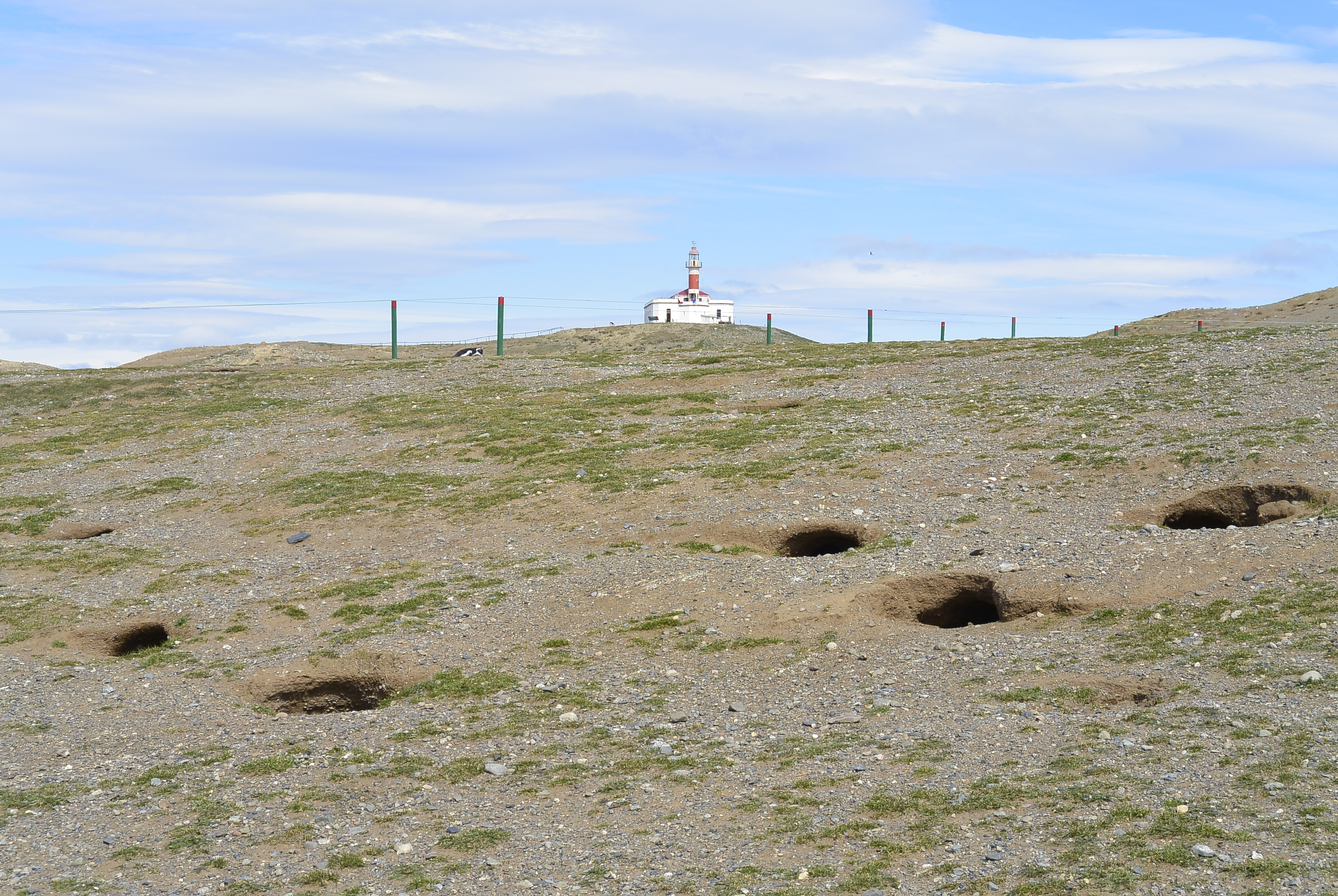
Unlike other penguin species, the Magellanic penguins live in holes burrowed into the ground. I didn't realize that there are species of penguins that nest underground before seeing these photos. I always imagined penguins to live on the frozen, snowy plateaus of Antarctica as shown in March of the Penguins!

It's weird to see the flightless birds waddling around and lying in the barren, brown hillside. They look so out of place here... no snow, no ice, and no voice of Morgan Freeman.

Magellanic penguins are native to Chile, Argentina, and the Falkland Islands. They were first seen and recorded by Ferdinand Magellan during his early explorations of South America in the 1500s.
These penguins eat small fish, crustaceans, krill, and squid, and can swim at speeds of up to 15 miles per hour when pursuing prey. They can dive to depths of 75 meters.

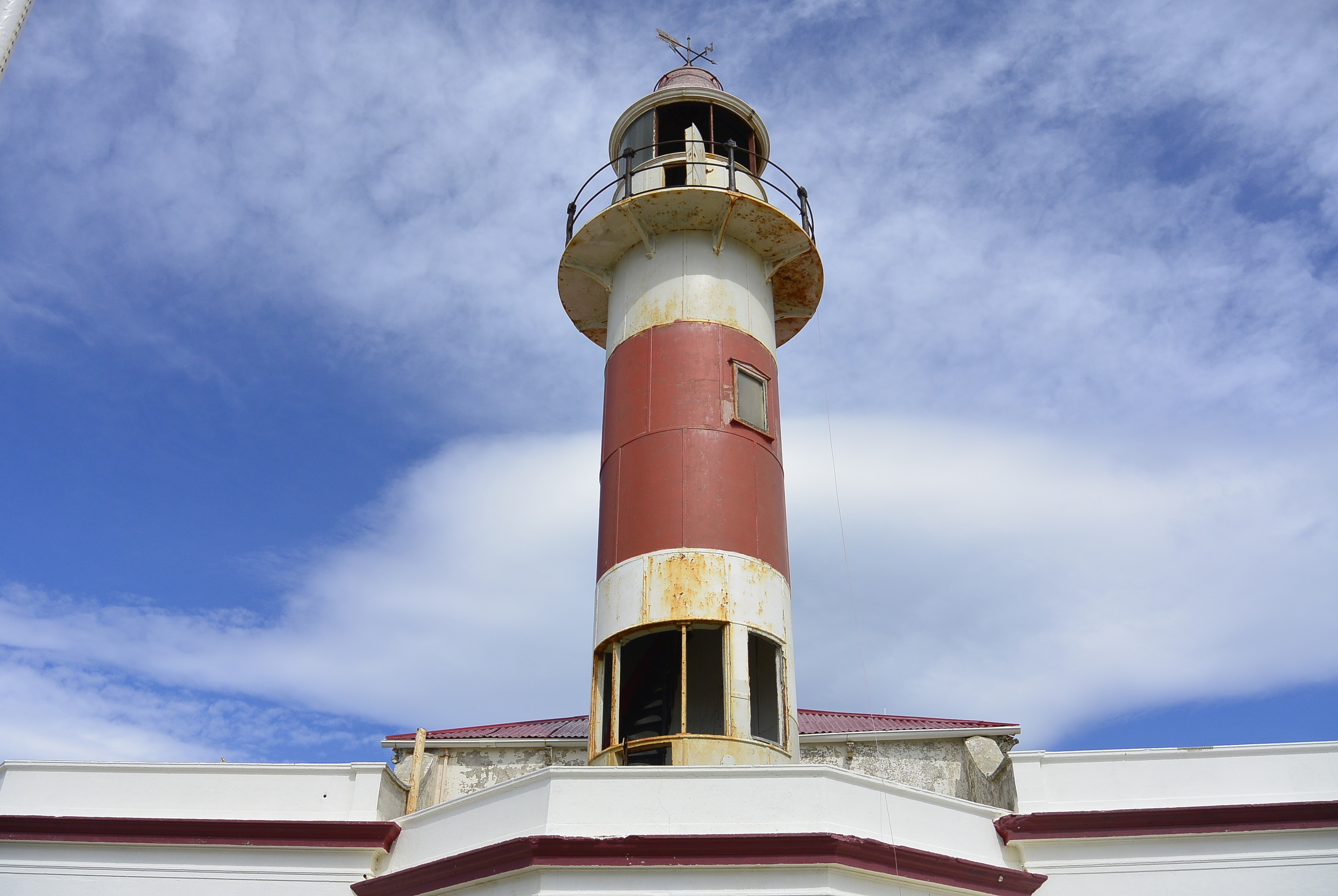
Magdalena Island has been a protected nature reserve and park since 1982. The lighthouse is the highest point on the island and features an exhibit explaining the habitat of the penguins, their breeding cycles, as well as information about the diverse natural ecosystem.
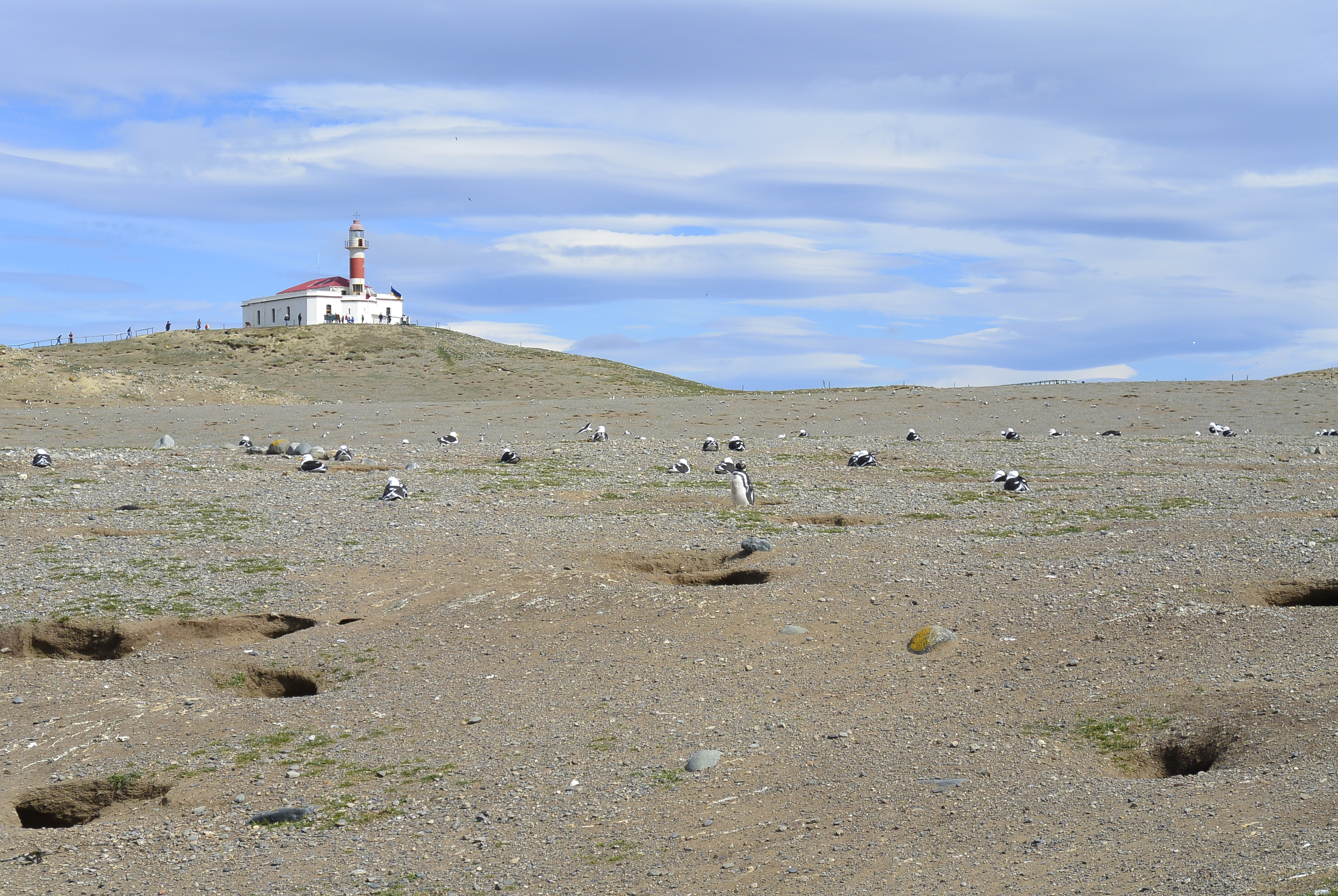
Magellanic penguins are threatened to become extinct due to commercial fishing, oil spills, pollution, and climate change. Commercial fishing is depleting the amount of fish in our oceans and therefore stealing the vital food source for penguins and other marine animals. Fishing nets can also trap penguins causing them to eventually drown.

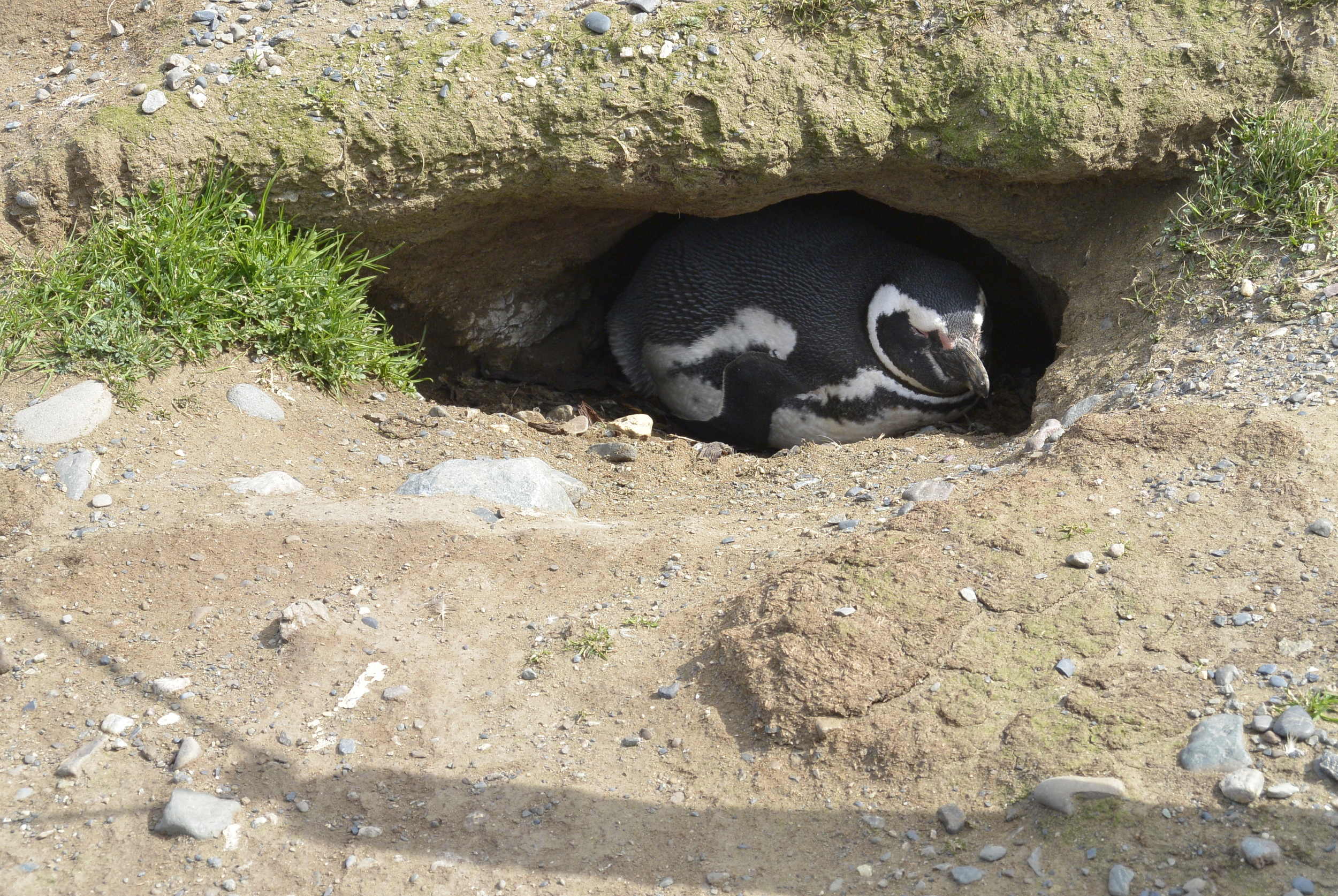

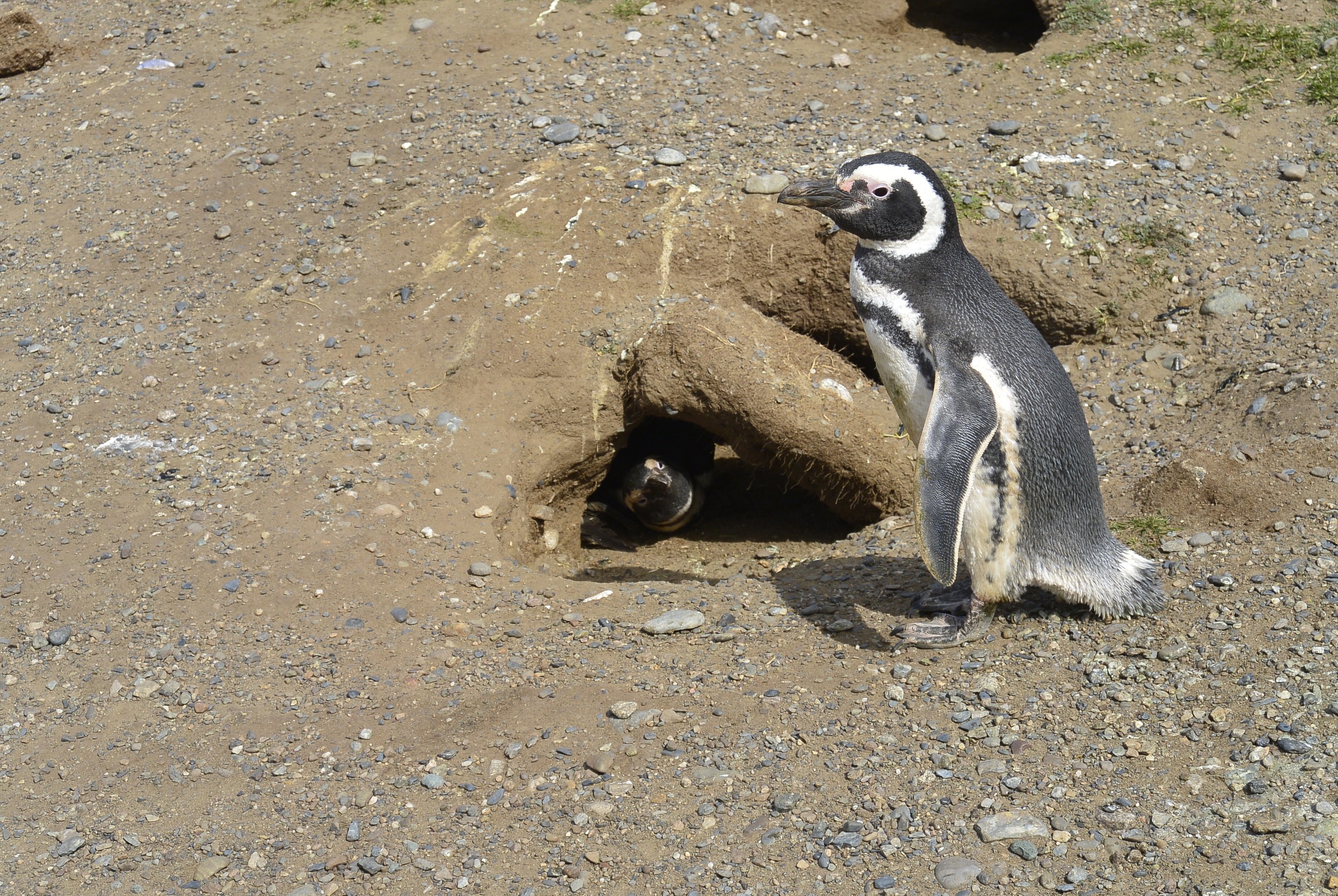
This colony of Magellanic penguins returns specifically to Magdalena Island every year to breed. Breeding season lasts from September to February and the migrating penguins always mate with the same partner! Each year when the males return to the island they use their unique, loud voices to reconnect with their female partners. Both partners share the task of incubating, feeding, and raising the chicks.
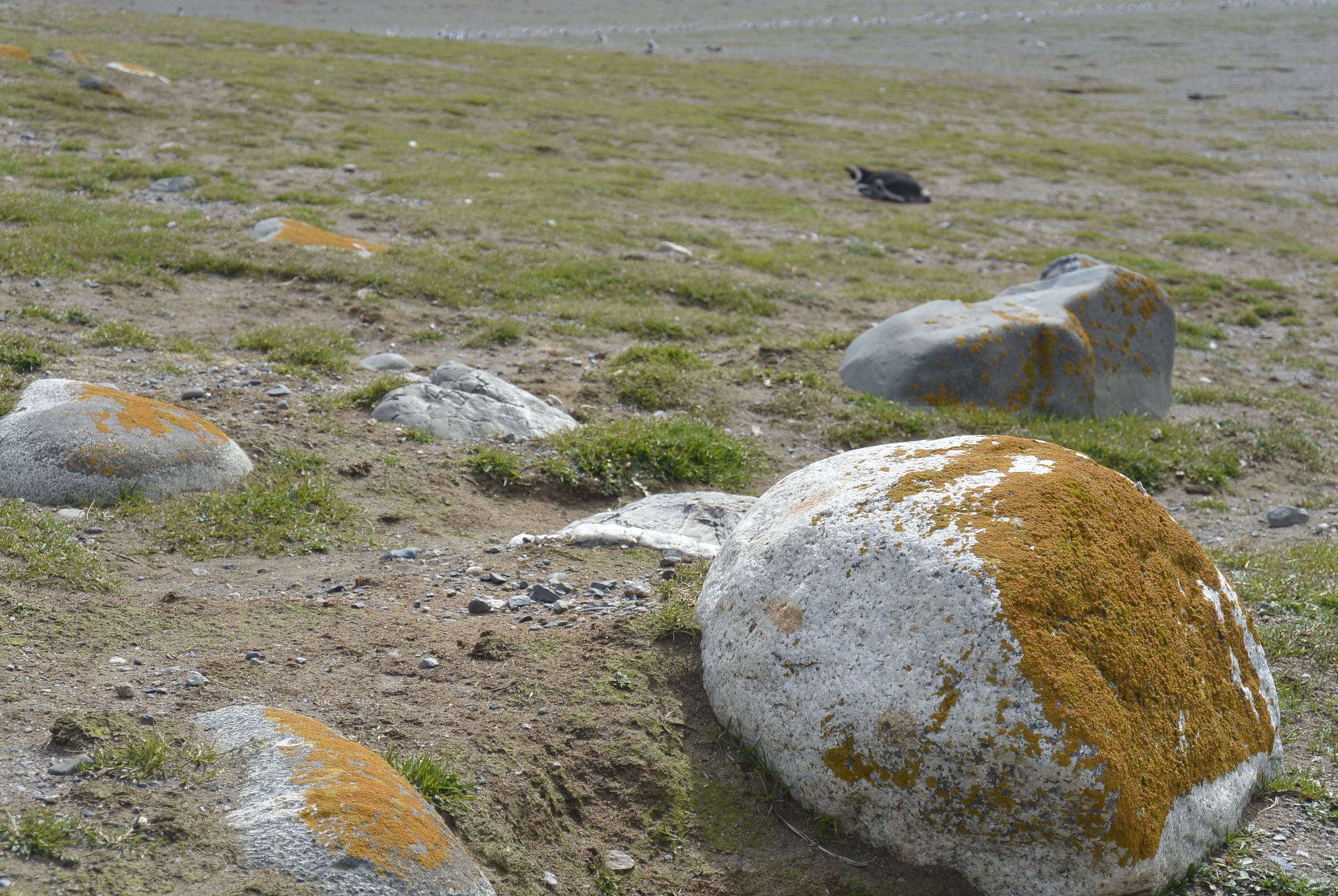

Beautiful mustard yellow moss and lichen cover any exposed rock face on the island.




The penguins share the island with several other bird species including seagulls, cormorants, skuas, and antarctic pigeons.


Sometimes penguins will raise and flap their wings to cool down but it looks to me like the flightless bird is trying to take off into the sky. I love this photograph! Fly, fly little penguin! Or at least, keep dreaming...


After only an hour on the island it was time to head back to Punta Arenas. No one wanted to leave the penguins just yet, but the ferry was on a tight schedule to get back. Many of the cruise ship passengers my parents spoke with said that visiting Magdalena Island and the penguins was the highlight of their trip. I think it would have been the highlight for my parents as well, but they went on another, more intimate, penguin tour in the Falkland Islands. More on that coming up soon!
